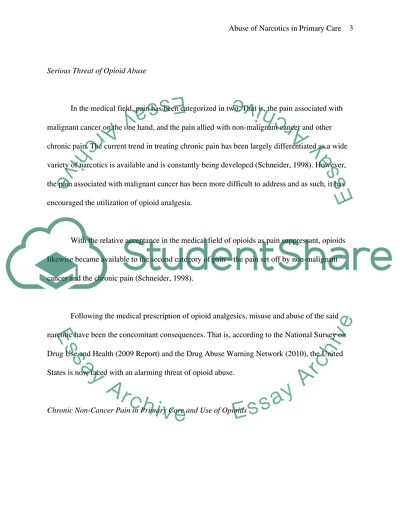Cite this document
(“Abuse of Drugs Prescription in a Primary Care and Its Prevention Research Paper”, n.d.)
Retrieved de https://studentshare.org/nursing/1391567-abuse-of-prescription-of-narcotics-in-primary-care
Retrieved de https://studentshare.org/nursing/1391567-abuse-of-prescription-of-narcotics-in-primary-care
(Abuse of Drugs Prescription in a Primary Care and Its Prevention Research Paper)
https://studentshare.org/nursing/1391567-abuse-of-prescription-of-narcotics-in-primary-care.
https://studentshare.org/nursing/1391567-abuse-of-prescription-of-narcotics-in-primary-care.
“Abuse of Drugs Prescription in a Primary Care and Its Prevention Research Paper”, n.d. https://studentshare.org/nursing/1391567-abuse-of-prescription-of-narcotics-in-primary-care.


